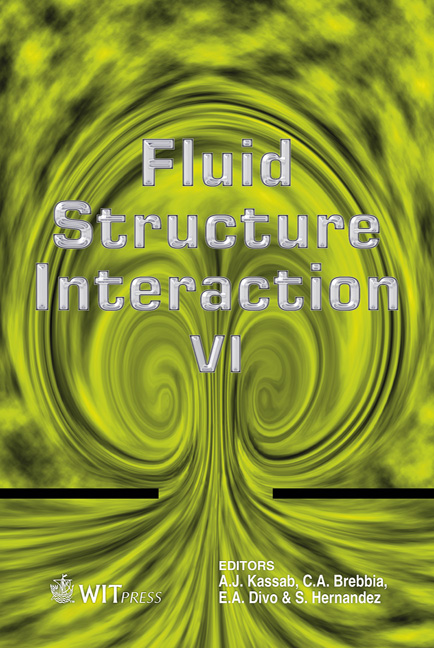The Fast Fourier Transform Applied To Estimate Wave Energy Spectral Density In Random Sea State
Price
Free (open access)
Transaction
Volume
115
Pages
12
Page Range
133 - 144
Published
2011
Size
356 kb
Paper DOI
10.2495/FSI110121
Copyright
WIT Press
Author(s)
M. Rahman, D. Riordan, A. Susilo & S. H. Mousavizadegan
Abstract
This paper deals with an important area of real life problems. It is concerned with the application of the fast Fourier transform to estimate wave energy spectral density in a random sea state. Graphical illustrations are manifested in a clear and distinct manner. The fast Fourier transform is a mathematical procedure which can be thought of as transforming a function from the time domain to the frequency domain. The application of a Fourier transform is analogous to the splitting up of a light beam by a prism to form the optical spectrum of the light source. An optical spectrum consists of lines or beams of colors corresponding to the various wavelengths and hence different frequencies of light wave emitted by the source. The spectrum of a signal in digital signal processing refers to the way energy in the signal is distributed over its various frequency components. Keywords: Discrete Fourier transforms, fast Fourier transforms, spectrum, frequency, wavelength, energy density, random sea state. 1 Introduction This paper brings some ideas and concepts in the way the Fourier transform plays a vital role in our daily life.We investigate here from theoretical and mathematical view points an important topic called the fast Fourier transform (FFT). The fast Fourier transform is a mathematical algorithm which is an extremely important and widely used method that is used to extract information from sampled signals. In
Keywords
Discrete Fourier transforms, fast Fourier transforms, spectrum, frequency, wavelength, energy density, random sea state





